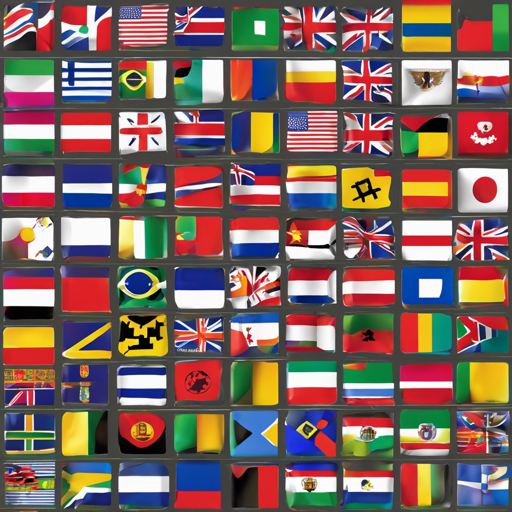Named Entity Recognition (NER) is an essential task in the realm of Natural Language Processing (NLP), helping to extract valuable information from a sea of unstructured text. With the advent of advanced models, one such marvel is the xlm-roberta-base-wikiann-ner. This model is designed to recognize entities across 20 languages, making it a groundbreaking tool for multilingual applications. In this article, we will explore how to utilize this powerful model, its intended uses, limitations, and some handy troubleshooting tips.
What is XLM-RoBERTa for NER?
The xlm-roberta-base-wikiann-ner is the first-ever NER model that can handle a remarkable range of languages like Arabic, English, Spanish, and Chinese, to name a few. Think of this model as a multilingual detective, adept at identifying three types of entities: locations (LOC), organizations (ORG), and persons (PER). It has been fine-tuned on a diverse dataset sourced from WikiANN, ensuring its versatility. Such robustness places it at the forefront of NER technologies.
How to Use the Model
Getting started with the xlm-roberta-base-wikiann-ner is straightforward, especially with the help of the Transformers library. Here’s how you can set up the model in Python:
from transformers import AutoTokenizer, AutoModelForTokenClassification
from transformers import pipeline
tokenizer = AutoTokenizer.from_pretrained('xlm-roberta-base-wikiann-ner')
model = AutoModelForTokenClassification.from_pretrained('xlm-roberta-base-wikiann-ner')
nlp = pipeline('ner', model=model, tokenizer=tokenizer)
example = "Ìbọn ń ró kù kù gẹ́gẹ́ bí ọwọ́ ọ̀pọ̀ aráàlù ṣe tẹ ìbọn ní Kyiv láti dojú kọ Russian"
ner_results = nlp(example)
print(ner_results)In this example, we first import the necessary libraries, load the tokenizer and model, and then run NER on a sample sentence. Just like a skilled chef preparing a meal with the right ingredients, you, too, can enjoy the fruits of this powerful model by carefully following these steps.
Limitations and Bias
However, it’s important to note that this model’s capabilities are limited by its training datasets, which were primarily composed of entity-annotated news articles from a specific timeframe. This could potentially limit its generalizability across diverse applications or domains.
Training Data Breakdown
The model’s training dataset was meticulously curated to cover 20 unique NER datasets. Each entity is categorized to ensure accuracy in recognizing and separating entities, even if they are consecutive. Here’s a breakdown of the classification:
- O: Outside of a named entity
- B-PER: Beginning of a person’s name
- I-PER: Continuation of a person’s name
- B-ORG: Beginning of an organization
- I-ORG: Continuation of an organization
- B-LOC: Beginning of a location
- I-LOC: Continuation of a location
Troubleshooting Tips
In the event you encounter issues while implementing the xlm-roberta-base-wikiann-ner, here are some troubleshooting ideas:
- Model Not Found: Ensure that you have the correct spelling and casing for the model name when loading it.
- Incorrect Outputs: Verify that your input text is correctly formatted. Ambiguities in language can lead to misrecognition.
- Library Errors: Make sure you have the latest version of the Transformers library installed; run
pip install --upgrade transformers.
For more insights, updates, or to collaborate on AI development projects, stay connected with fxis.ai.
Conclusion
Utilizing the xlm-roberta-base-wikiann-ner model for multilingual Named Entity Recognition not only enhances your NLP applications but also broadens your understanding of linguistic diversity. It’s crucial to acknowledge its limitations while leveraging its strengths. Remember, continuous experimentation and adjustments are part of the learning process in tech.
At fxis.ai, we believe that such advancements are crucial for the future of AI, as they enable more comprehensive and effective solutions. Our team is continually exploring new methodologies to push the envelope in artificial intelligence, ensuring that our clients benefit from the latest technological innovations.

